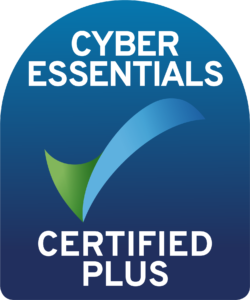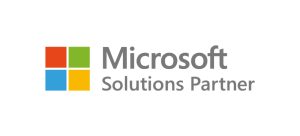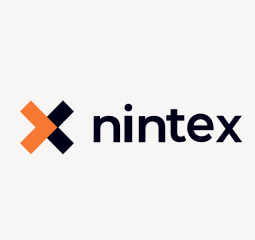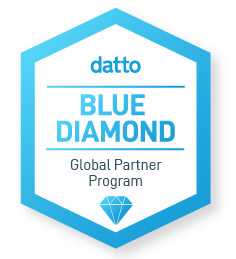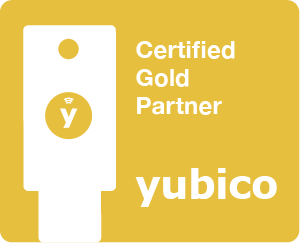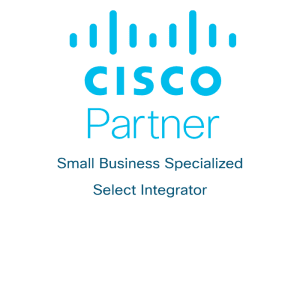Why should you care?
Prevalence of threats
With the prevalence, sophistication, and cost of cybercrime on the rise, organisations need to have a robust and sophisticated cyber security solution in place. In 2020, FireEye reported that 51% of organisations felt they were ill-equipped to respond to a cyber attack. And with IBM reporting that 70% of organisations believed that remote work would increase the cost of a data breach, those ill-equipped could find themselves with serious issues to deal with. Zero Trust offers a simple, structured, and affordable way for organisations to protect themselves from these ever prevalent cyberthreats.
Rise in mobile, remote, and hybrid working
With cloud working operating as the foundation from which many innovate technologies are being built, businesses need to know how to keep their cloud-stored data secure and what their responsibilities are. Cloud working can support more flexible working styles, such as working on the go, reporting onsite, remote working from home, and hybrid working, empowering users to work in a style that best suits their needs. As these flexible working styles become expectations for the new generation of workers, businesses need to invest in a security solution that will allow them to securely provide this.
Read more about cloud-provider responsibilities versus business responsibilities here.
Advantages of Zero Trust
It is easy for security solutions providers to rave about the importance of cyber security (and understandably so), however, the reality for many organisations is that limitations on budget, time, or expertise make the realities of implementing a solution difficult. This is why businesses should care about Zero Trust. Zero Trust can operate on an iterative, staged, long-term process, allowing you to set goals that feel affordable and realistic and work to your budget and time-scale. Additionally, with the support of an MSP (Managed Service Provider), like Synergi, expert hands are always there to inform, assist, and guide you.
So, despite being a part of security dialogue for over a decade, Zero Trust is now receiving great attention, likely due to the recent rise in accessibility of security tools for SMEs. Zero Trust models promote a mentality in which no access requests are trusted, all are verified, authorised, and encrypted. As a Microsoft Gold Partner and trusted MSP, Synergi can help organisations build and execute a Zero Trust businesses plan that suits their unique needs and budget.
To find out more get in touch by calling 0191 4770365, emailing enquiries@teamsynergi.co.uk or completing the form below.

